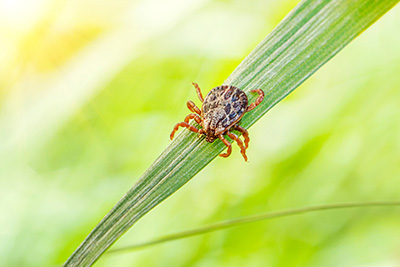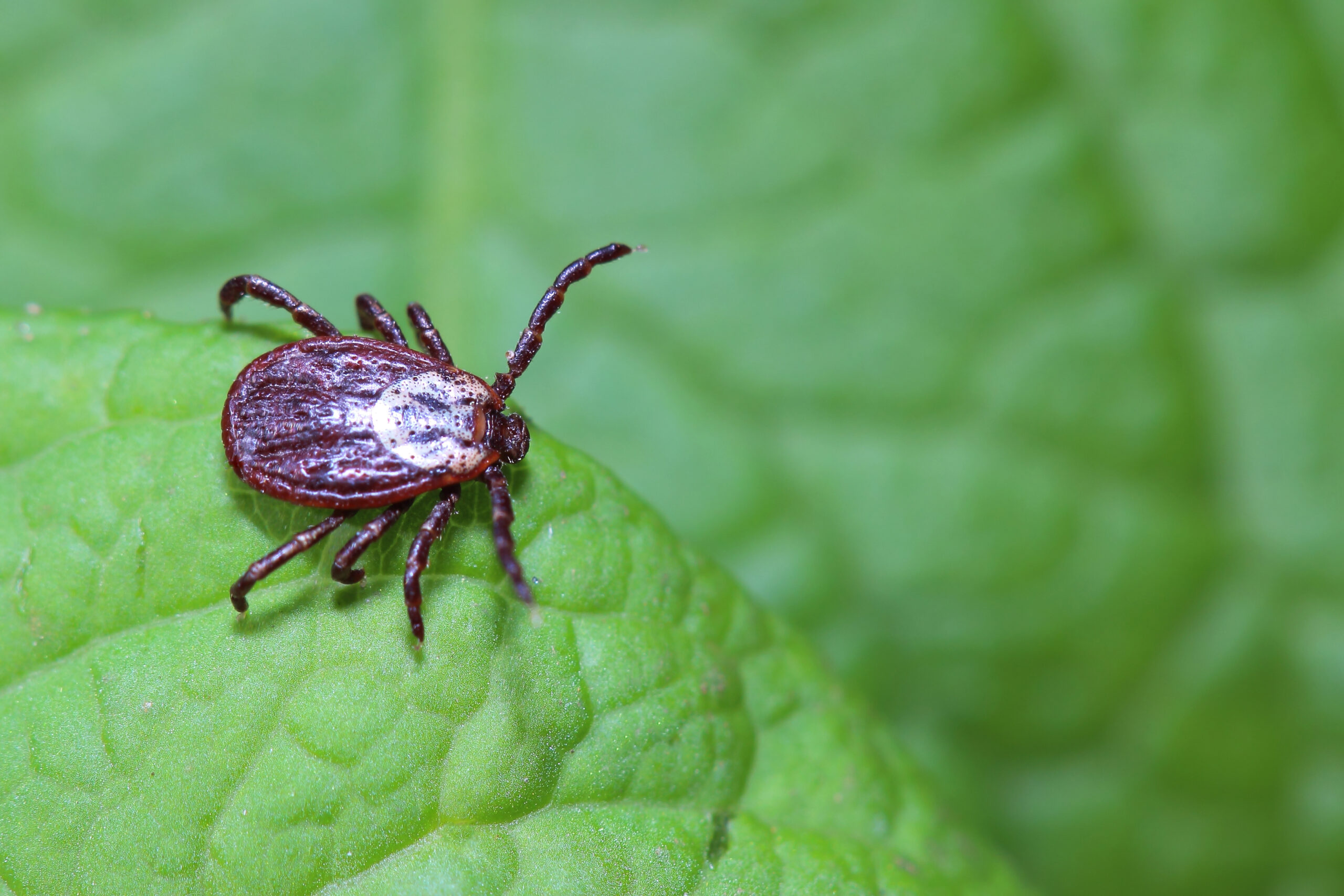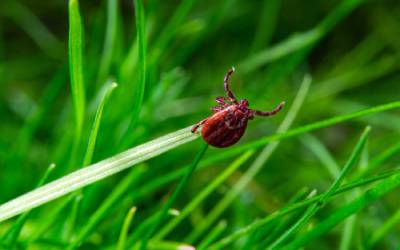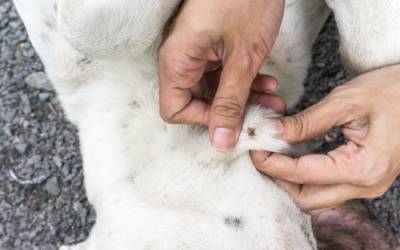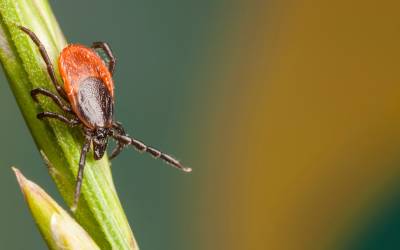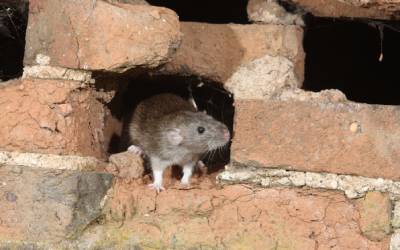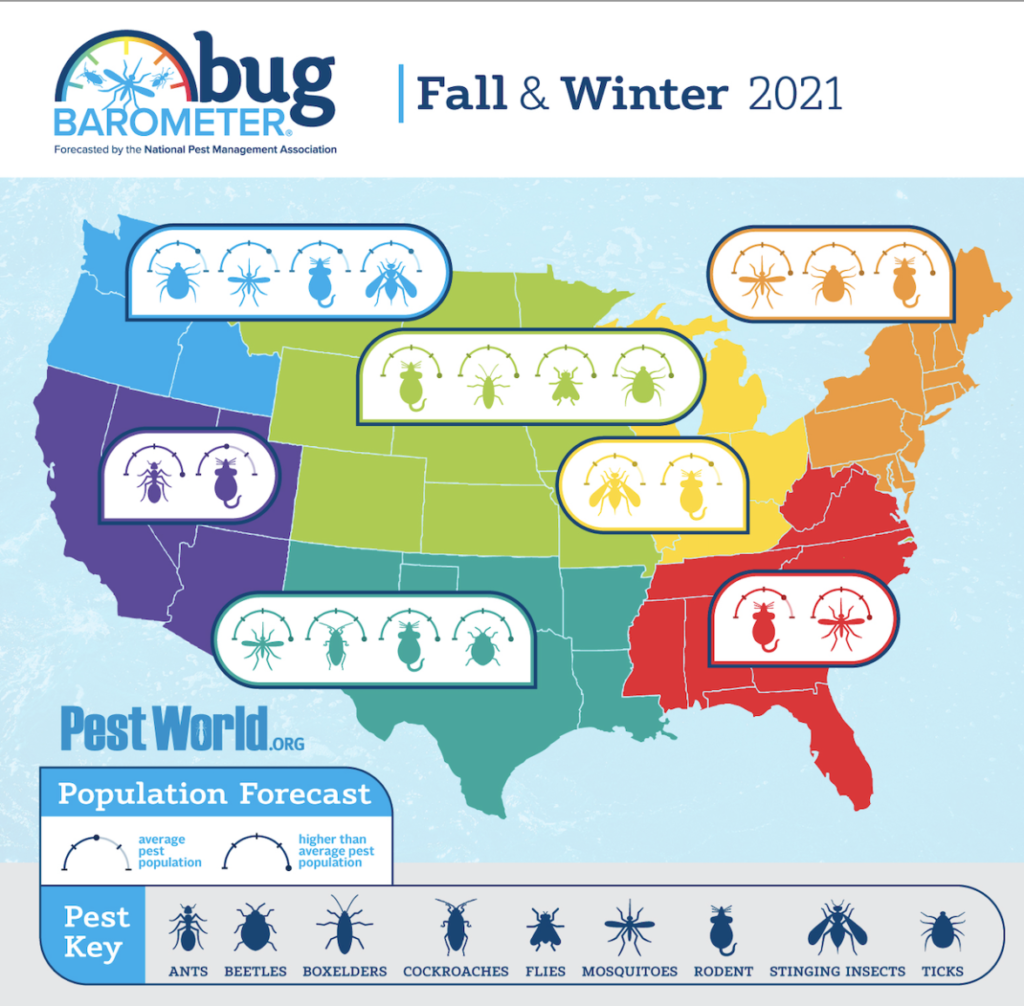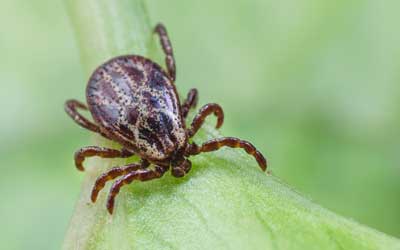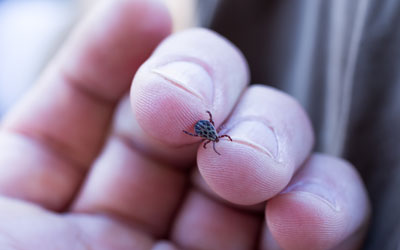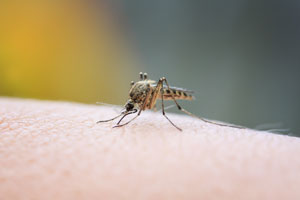When ticks emerge in Vermont in the spring, everyone should be aware of their risk for catching Lyme Disease. In Vermont, Lyme disease is the top tick-borne disease that residents are diagnosed with, followed by anaplasmosis and babesiosis.
Lyme disease is a bacterial infection caused by the bite of an infected tick. The disease is most common in the upper midwestern, mid-Atlantic, and northeastern parts of the United States. Infection from the bite is characterized by a circular red rash that appears like a bullseye.
While not all ticks or tick species carry Lyme disease, our region is home to the deer tick, which is notorious for harboring the tick-borne illness bacteria. Should an infected tick find a host and successfully attach and bite the host, the transmission of Lyme Disease will likely occur.
Some simple ways to avoid ticks are to wear long clothing and to stay clear of tick habitats, such as tall grass. Vermont Pest Control is available to help inform you about the tick-borne disease Lyme Disease and provide services to your property if you are having a tick problem.
Recent Outbreaks of Lyme Disease
Cases of Lyme Disease occur every year, and 2024 is no exception.
The Vermont Department of Health states that cases of Lyme Disease have increased over the years and can take one to two weeks for an individual to notice the signs. Lyme Disease is reported all over the state but is most common in the southern half. Cases are reported throughout the year but are highest in June, July, and August. Men are more likely than women to contract Lyme Disease and boys aged 5-14 are at higher risk.
Symptoms of Lyme Disease include:
- A characteristic skin rash (erythema migrans)
- Joint pain
- Fever/sweats/chills
- Muscle aches
- Headache
- Fatigue
- Arthritis
- Neck Pain
In more serious cases, the infection can spread to the joints, heart, and nervous system, leading to more drastic health issues.
Why Lyme Disease Is on the Rise
When spring arrives, ticks will emerge in greater numbers, leading to an increase in tick bites and infections. In the past five years, the deer tick population has grown substantially due to warmer winters and a larger population of deer. According to the U.S. Environmental Protection Agency (EPA), ticks are most active when temperatures are consistently above 45 degrees Fahrenheit and thrive when the humidity is at least 85%.
Another reason for the apparent rise in cases is the change in reporting criteria. Adjustments in reporting practices in 2022 are expected to reveal a notable uptick in recent years in Lyme disease cases. These adjustments were made due to the shifted focus to reporting COVID-19 cases.
Lyme Disease in Vermont
In Vermont, deer ticks spread numerous tick-borne diseases, including Lyme Disease.
Fortunately, prompt medical treatment with antibiotics will often result in a complete recovery from the infection. Antibiotic treatments are shown to be effective, even in the later stages of the disease progression. For some, there may be lasting effects on the nervous system or joints. Others have reported still experiencing fatigue, pain, and muscle aches following the antibiotic treatment.
Vermont Pest Control has a vested interest in the Vermont community and is well aware of the prevalence and dangers of Lyme Disease. With a team of tick experts, we know how to effectively target and eliminate tick populations.
The Best Way to Prevent Lyme Disease
There are certain day-to-day practices that you can do to help prevent a tick bite. This includes wearing the right clothing, staying away from tall grass, and carrying a tick remover. Additionally, contacting a tick control professional is the next step in preventing ticks and Lyme Disease. Ticks commonly live around homes and will locate you, a family member, or a pet to attach to.
Vermont Pest Control is here to help curb Lyme Disease in Vermont and keep you and your loved ones safe. Our team of licensed professionals uses tried and true methods, along with the latest technology to ensure your outdoor spaces are safe. Contact us today to get started!

